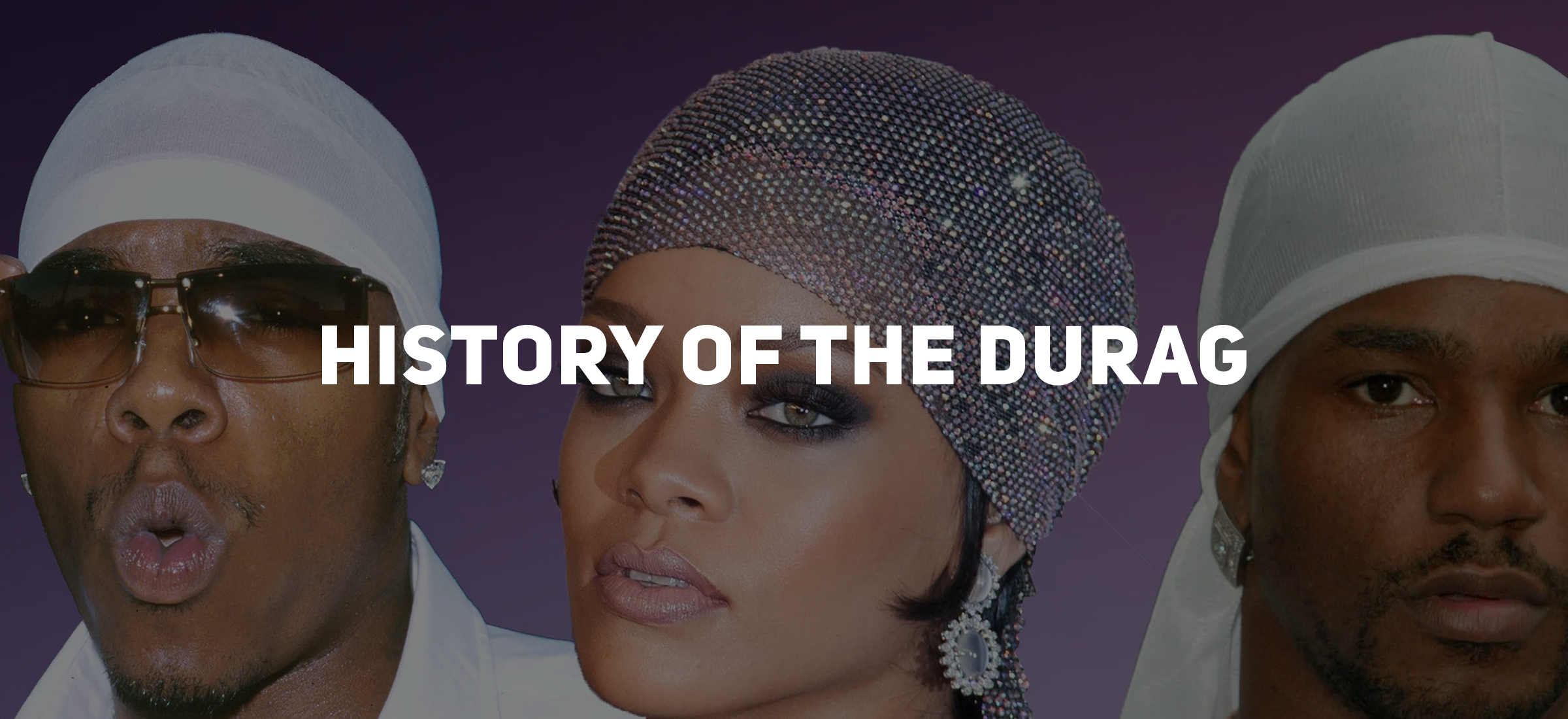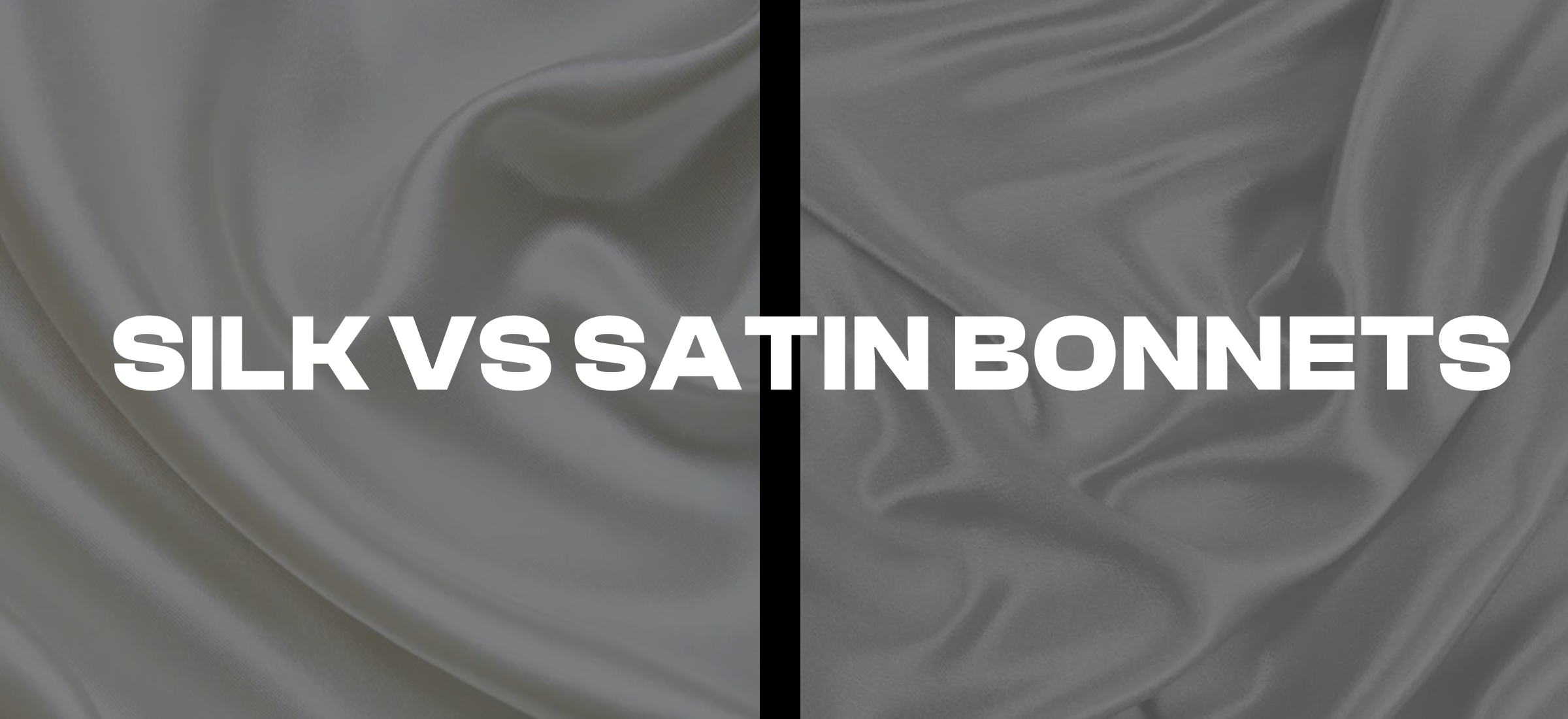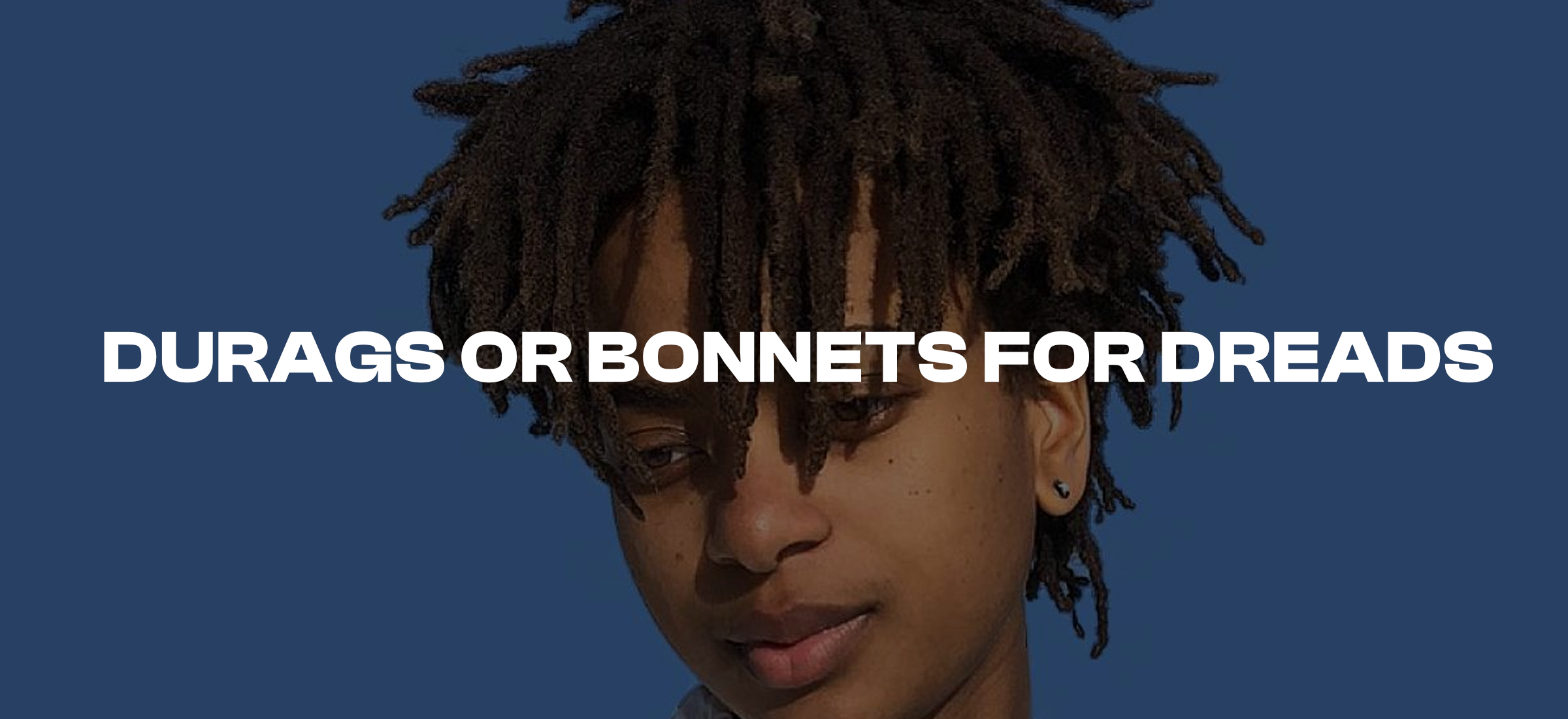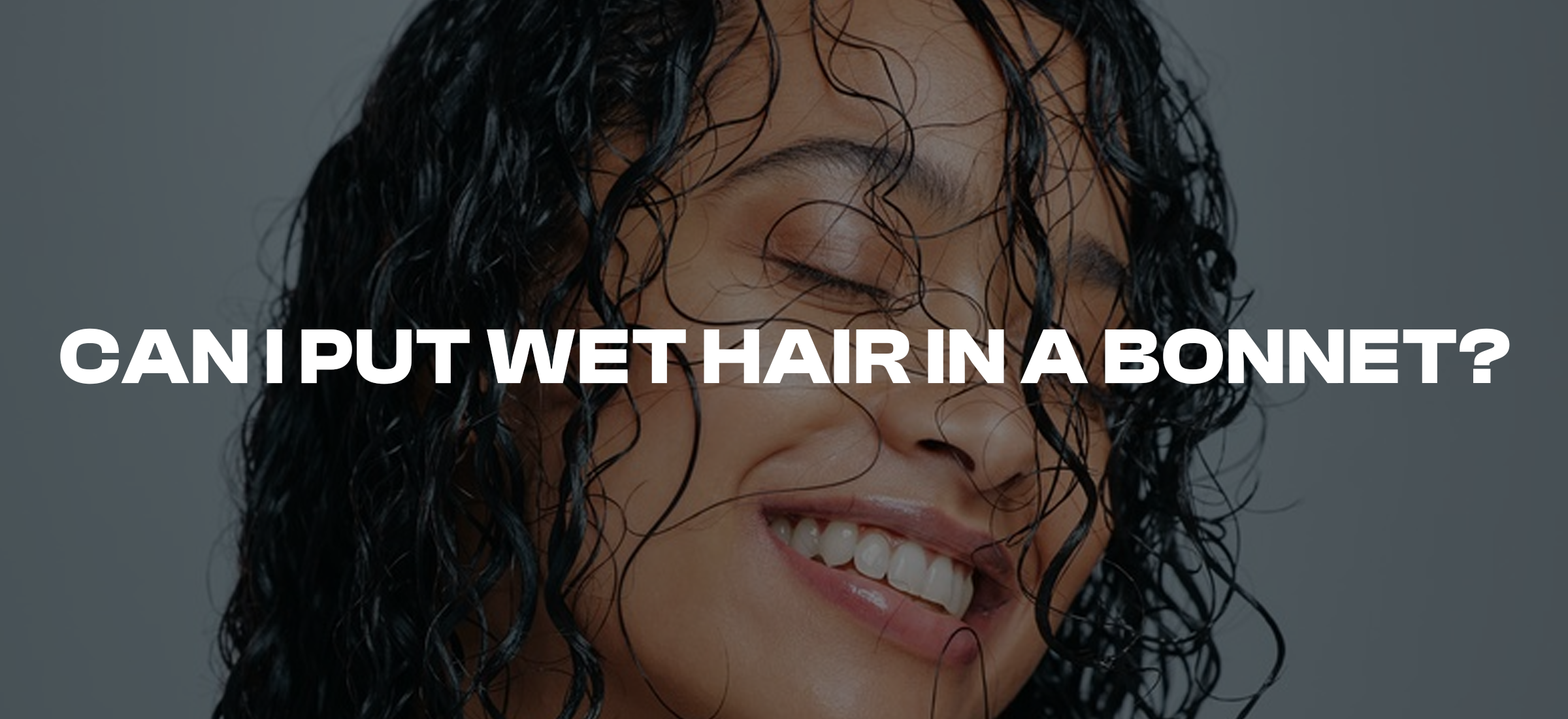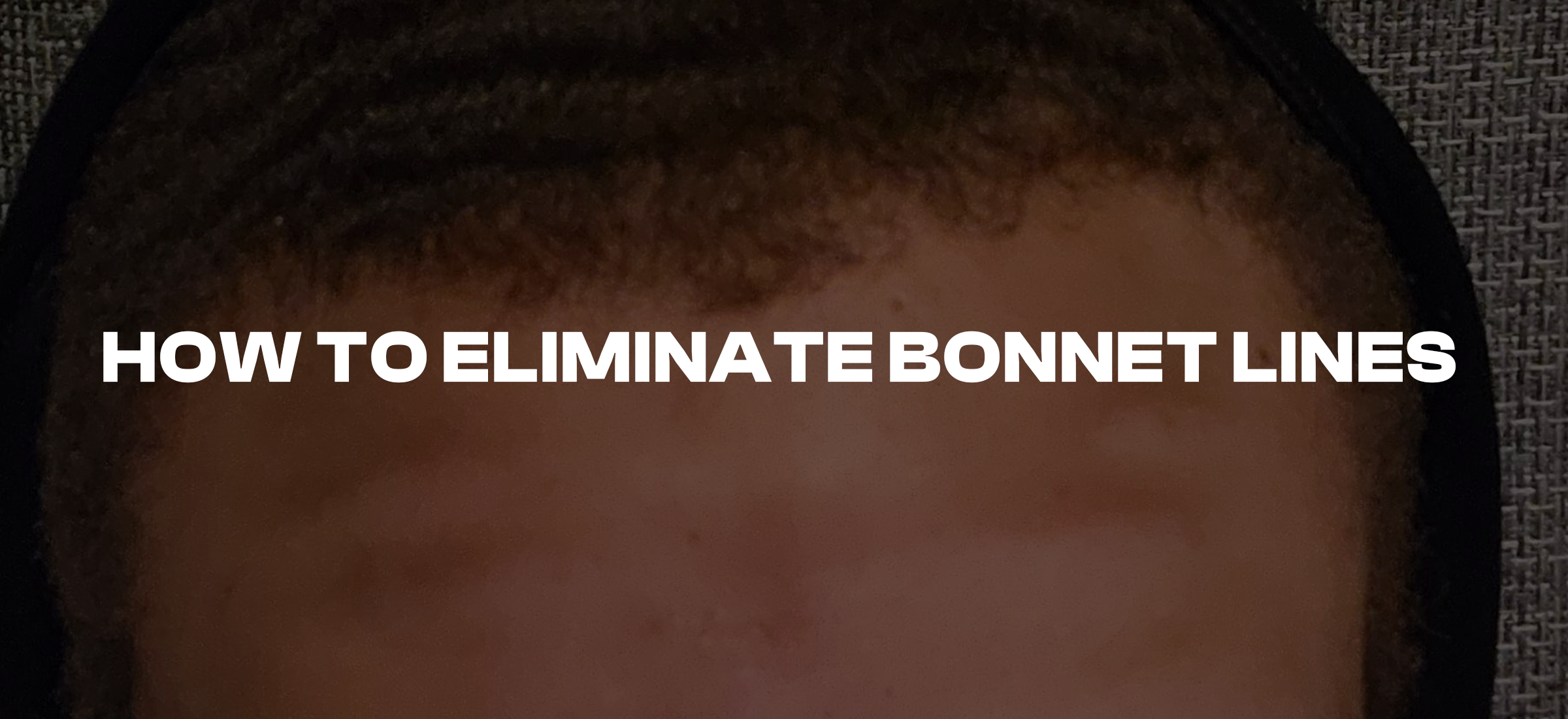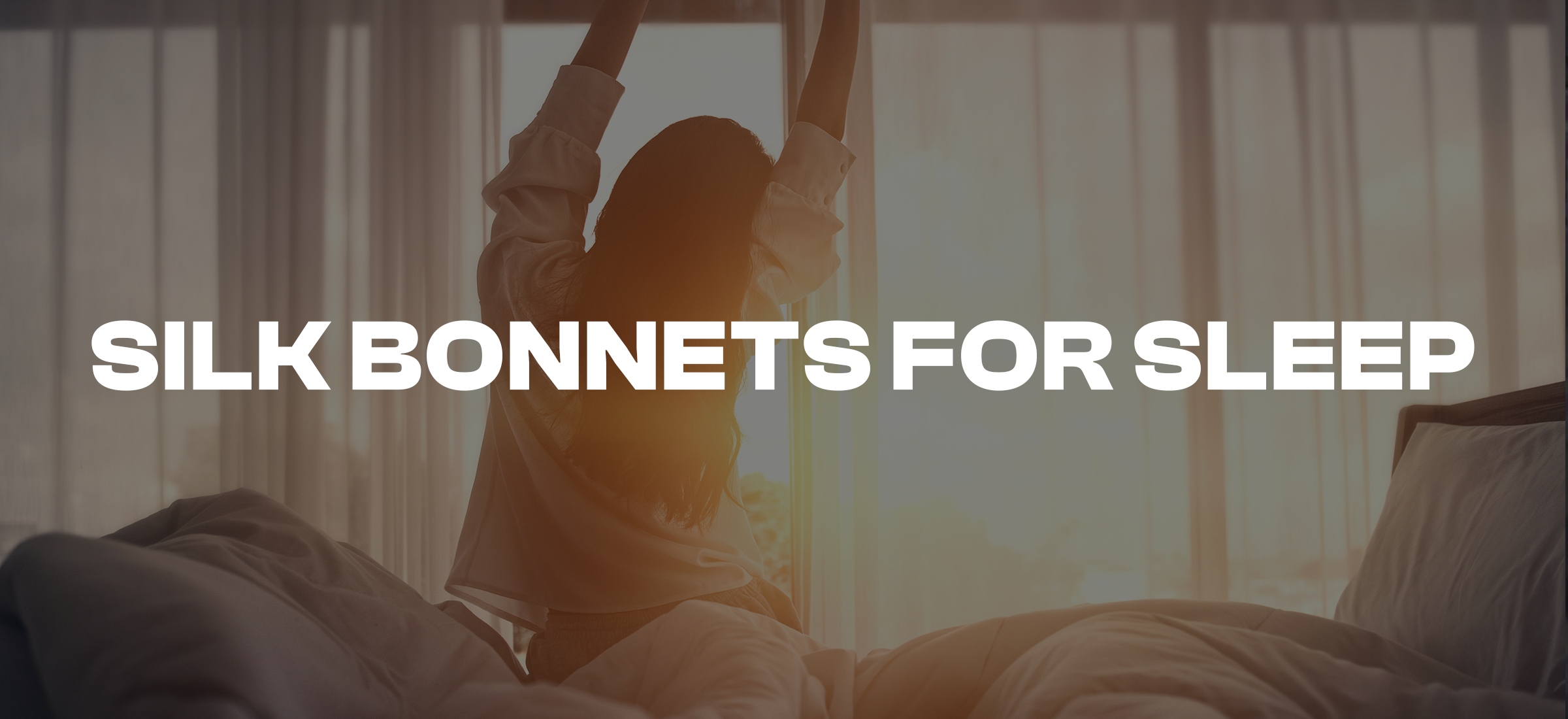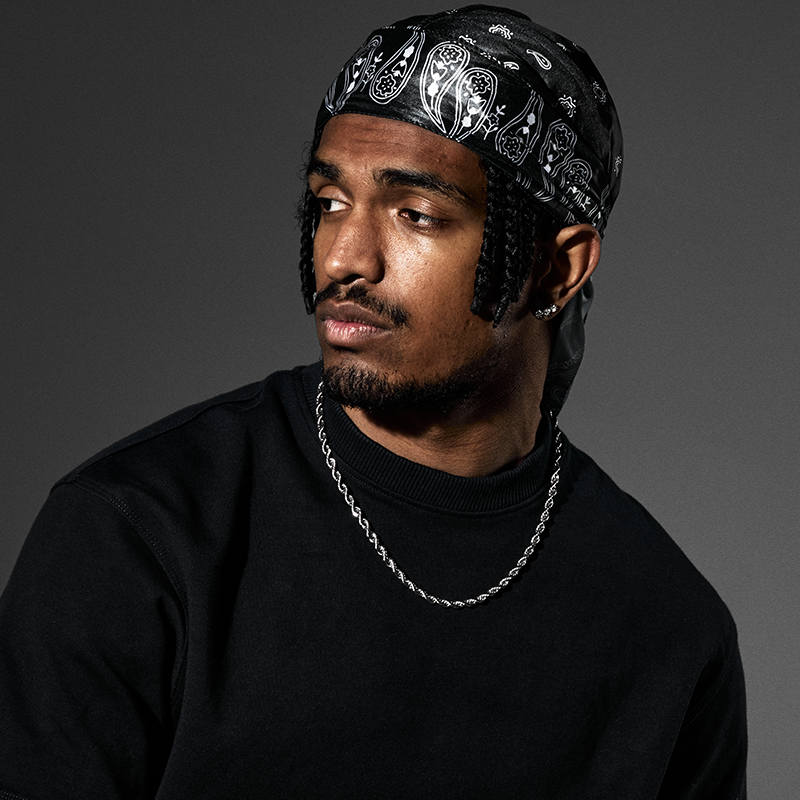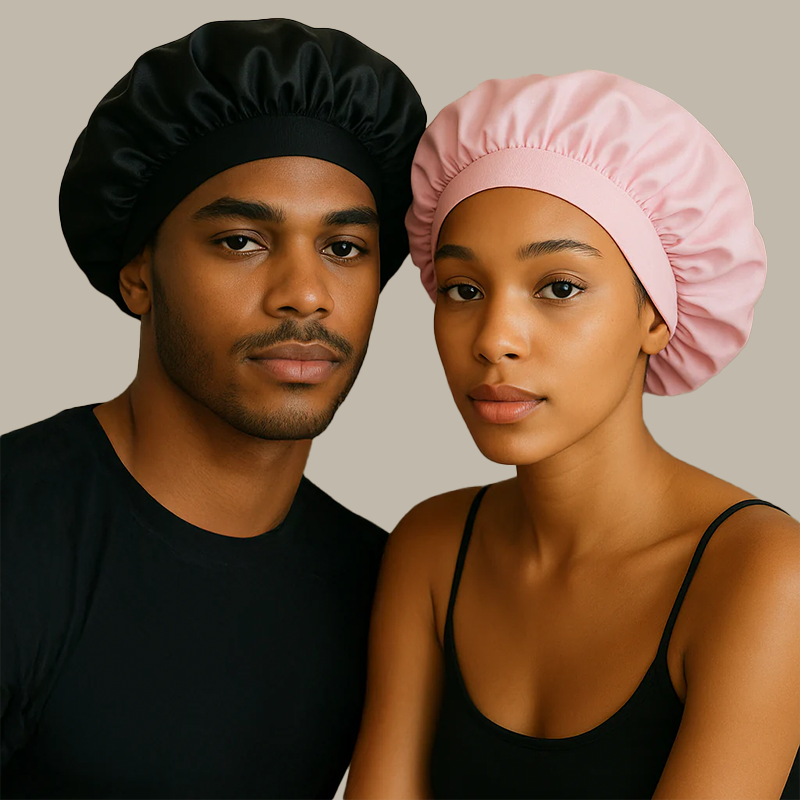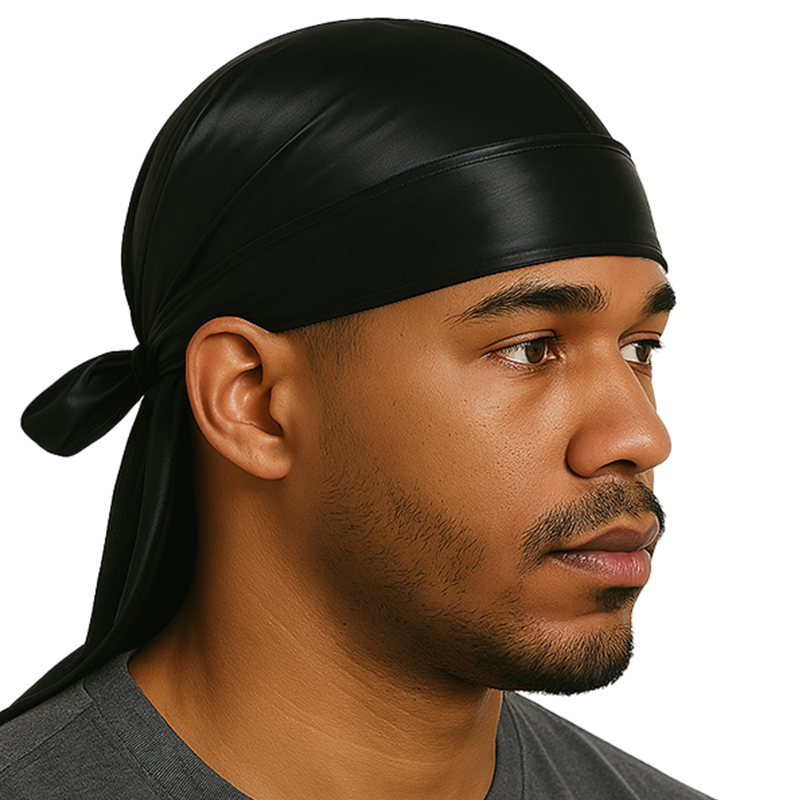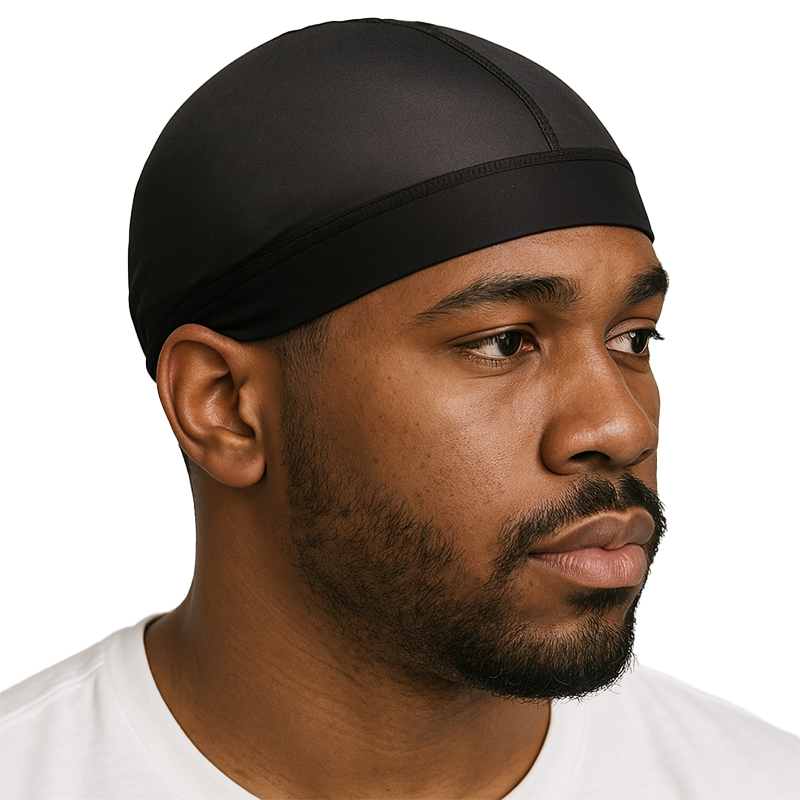Durags have become a staple in the fashion industry, and many people around the world have adopted the trend. But where did they originate, and what is the history behind this iconic headwear? In this article, we will explore the fascinating history of durags and their cultural significance.
Origins and Early History
Durags, also known as do-rags or wave caps, originated in the United States in the 19th century. They were initially worn by African American slaves and laborers to protect their hair from sweat and dirt while working in the fields. Over time, they became a symbol of cultural identity and were worn by black men and women as a way to embrace their natural hair texture and protect their hairstyles.
Cultural Significance
Durags have played a significant role in black culture, representing resilience, pride, and self-expression. They have been used as a tool for black men to maintain their hairstyles, especially when growing waves or locs. Durags have also been associated with hip-hop and rap culture, worn by artists such as Tupac Shakur and Jay-Z. As we continue to explore the history of durags, we will also examine the evolution of style, controversies, and legal battles surrounding this iconic headwear.
Key Takeaways
- Durags originated in the United States in the 19th century and were initially worn by African American slaves and laborers to protect their hair from sweat and dirt while working in the fields.
- Durags have played a significant role in black culture, representing resilience, pride, and self-expression, and have been associated with hip-hop and rap culture.
- The history of durags includes the evolution of style, controversies, and legal battles surrounding this iconic headwear.
Origins and Early History
African Roots
Durags, also known as do-rags or du-rags, have a long and rich history that can be traced back to Africa. In many African cultures, head coverings have been worn for centuries as a symbol of cultural identity, religious beliefs, and social status. These head coverings were made from a variety of materials, including cotton, silk, and wool, and were often intricately decorated with patterns and designs.
One of the most well-known African head coverings is the gele, a colorful and elaborate head wrap that is commonly worn by women in West Africa. The gele is often worn for special occasions, such as weddings and religious ceremonies, and is considered a symbol of beauty and elegance.
Adoption in the Americas
The use of head coverings was brought to the Americas during the transatlantic slave trade, where it became a way for enslaved Africans to maintain their cultural identity and heritage. Enslaved Africans were often forced to wear head coverings made from coarse, rough materials, such as burlap and sackcloth, which were uncomfortable and caused skin irritation.
Over time, enslaved Africans began to adapt these head coverings to better suit their needs. They began to use softer, more comfortable materials, such as cotton and silk, and added extra layers to provide more protection from the sun and wind. These adaptations eventually led to the development of the durag as we know it today.
The durag became especially popular among African American men in the 1960s and 1970s, when the Black Power movement was at its height. It became a symbol of pride and resistance, as well as a way for African American men to express their individual style and identity.
Today, the durag continues to be an important part of African American culture, and is worn by people of all ages and backgrounds. It has also been adopted by other cultures around the world, and is now a popular accessory among hip-hop artists, athletes, and fashion enthusiasts.
Cultural Significance
Durags have a rich cultural significance that dates back to the early 19th century. They have been an important part of African American culture, particularly in the hip-hop community. In this section, we will explore the cultural significance of durags and their impact on fashion and social identity.
Symbol of Resistance
Durags have been used as a symbol of resistance against oppression and racism. During the Civil Rights Movement of the 1960s, durags were worn by Black Panthers and other activists as a way to show solidarity with the struggle for equality. The durag became a way for Black people to reclaim their identity and resist the negative stereotypes that were being perpetuated by the media.
Fashion Statement
Durags have also become a fashion statement in recent years. They are often worn by rappers and other celebrities as a way to showcase their style and identity. Durags can be found in a variety of colours and patterns, and are often coordinated with other clothing items such as sneakers and jackets.
Durags have also become a way for individuals to express their cultural identity. They are often worn by African Americans as a way to connect with their heritage and show pride in their culture. In this way, durags have become an important symbol of Black culture and identity.
In conclusion, durags have played an important role in African American culture and have become a symbol of resistance and cultural identity. They continue to be an important fashion statement and are worn by people of all ages and backgrounds.
Evolution of Style
Material and Design
The durag has come a long way since its inception in the 19th century. Originally, it was made from a simple piece of cloth, designed to protect the hair of African slaves during transport from Africa to the Americas. Over time, the design and material of the durag evolved to become more functional and stylish.
Modern durags are typically made from a stretchy, breathable material that conforms to the shape of the head. This allows for a snug fit that keeps the hair in place and protects it from the elements. The design has also evolved to include longer tails, which can be tied in a variety of ways to achieve different looks.
Mainstream Adoption
In the 1990s, the durag became a popular fashion accessory among African American men. Rappers and other celebrities began wearing them as a way to express their personal style. This led to the mainstream adoption of the durag, with people of all races and genders wearing them as a fashion statement.
Today, the durag is still a popular accessory, worn by people of all ages and backgrounds. It has become a symbol of black culture and is often associated with hip hop and urban fashion. Despite its evolution, the durag remains an important part of African American history and culture.
Controversies and Legal Battles
Dress Codes and Discrimination
Durags have been a subject of controversy due to their association with hip-hop culture and streetwear fashion. Many educational institutions and workplaces have banned the use of durags, citing them as a violation of dress codes. Some argue that these bans are discriminatory, as durags are primarily worn by people of color.
In 2001, a group of high school students in Tennessee filed a lawsuit against their school district for banning durags, claiming that the ban was racially discriminatory. The case was eventually settled out of court, with the school district agreeing to lift the ban and pay damages to the students.
Despite this, durag bans continue to be a controversial issue in many schools and workplaces. Some argue that these bans perpetuate racial stereotypes and limit the freedom of expression of those who choose to wear durags.
Intellectual Property Rights
Durags have also been the subject of legal battles regarding intellectual property rights. In 2006, a company called So Many Waves sued a competitor for selling durags that were allegedly too similar to their own patented design.
The case was settled out of court, with the competitor agreeing to stop selling the allegedly infringing durags. This case highlights the importance of protecting intellectual property rights in the fashion industry.
In addition to patent disputes, there have also been cases of trademark infringement involving durags. In 2018, the company Luxe Durags filed a lawsuit against a competitor for using a similar name and logo, claiming that it was causing confusion among customers.
The case is still ongoing, but it serves as a reminder of the importance of trademark protection in the fashion industry.
Durags in Popular Culture
Durags have been a staple in popular culture for decades, particularly in the music and sports industries. In this section, we will explore the influence of durags in popular culture and their impact on fashion.
Music Industry Influence
Durags have been a popular accessory in the music industry for many years. Rappers and hip-hop artists have been known to wear durags both on and off stage. In the 1990s, durags became a symbol of the hip-hop culture and were often worn with oversized clothing and Timberland boots.
One of the most iconic durag moments in music history was when Jay-Z wore a blue durag during his performance of "Izzo (H.O.V.A.)" at the 2001 MTV Video Music Awards. The durag became a symbol of Jay-Z's cool and confident persona and sparked a trend among his fans.
Sports and Celebrity Endorsements
Durags have also made their mark in the sports industry. Athletes such as LeBron James, Kobe Bryant, and Allen Iverson have been seen wearing durags both on and off the court. Durags are often worn by athletes to keep their hair in place and prevent sweat from getting in their eyes.
In addition to athletes, durags have also been endorsed by celebrities such as Rihanna, who wore a custom-made durag on the cover of British Vogue in 2018. The durag has also been featured in popular TV shows such as "The Wire" and "Power."
Overall, durags have become an iconic accessory in popular culture, particularly in the music and sports industries. Their influence can be seen in fashion trends and celebrity endorsements, making them a timeless and versatile accessory.
Modern Usage and Trends
Hair Care Routine
In recent times, durags have become an essential accessory for hair care routines. They are used to maintain and protect different types of hairstyles, including waves, braids, locks, and afros. Durags are made of various materials such as silk, velvet, and polyester, and they come in different sizes and designs to cater to different hair lengths and textures.
Wearing a durag during sleep helps to prevent hair breakage and frizz, and it also helps to maintain the hairstyle. Durags are also used to keep the hair laid down and prevent it from becoming tangled or messy during physical activities such as sports or workouts.
Diverse Varieties
Durags have evolved over time, and there are now diverse varieties available in the market. Some of the popular types include:
Velvet Durags: These are soft and comfortable to wear, and they are ideal for people with sensitive scalps.
Satin Durags: These are smooth and shiny, and they help to maintain moisture in the hair, which prevents breakage and split ends.
Designer Durags: These are stylish and come in different patterns and colors, making them a fashion statement.
Extra-long Durags: These are suitable for people with long hair and provide extra coverage to protect the hair.
In conclusion, durags have become an essential part of modern hair care routines, and their popularity continues to grow. With diverse varieties available in the market, people can choose a durag that suits their hair type and personal style.
Global Impact and Future
International Reach
Durags have become a global phenomenon and are worn by people of all races, cultures, and backgrounds. From the United States to Europe, Africa to Asia, the durag has made its mark on the world. The popularity of the durag has grown exponentially in recent years, with celebrities such as Rihanna, Jay-Z, and Drake sporting the headwear.
Durags have also become a symbol of cultural pride and identity. In many African countries, durags are worn as a way to showcase African heritage and culture. In the United States, durags have become a symbol of black culture and are often worn as a way to express solidarity and pride in one's African American identity.
Potential Developments
The future of durags is bright, with potential developments in both style and functionality. Durags are no longer just a fashion statement, but also serve practical purposes such as protecting hair from damage and keeping hairstyles intact. As such, we can expect to see more innovative designs and materials being used to create durags that are both stylish and functional.
One potential development is the integration of technology into durags. For example, durags could be designed with built-in headphones or speakers, allowing wearers to listen to music or take phone calls while wearing the headwear. Additionally, durags could be designed with sensors that monitor hair health and provide recommendations for hair care.
In conclusion, the durag has come a long way from its humble beginnings as a hair accessory for men. Its international reach and cultural significance have made it a symbol of pride and identity for many people around the world. With potential developments in style and functionality, the future of the durag looks promising.

